Huo Shan Huang Ya 霍山黃芽
The highest grade of yellow buds tea
“combines the freshness of green tea with the unique sweetness and nuttiness of yellow tea”
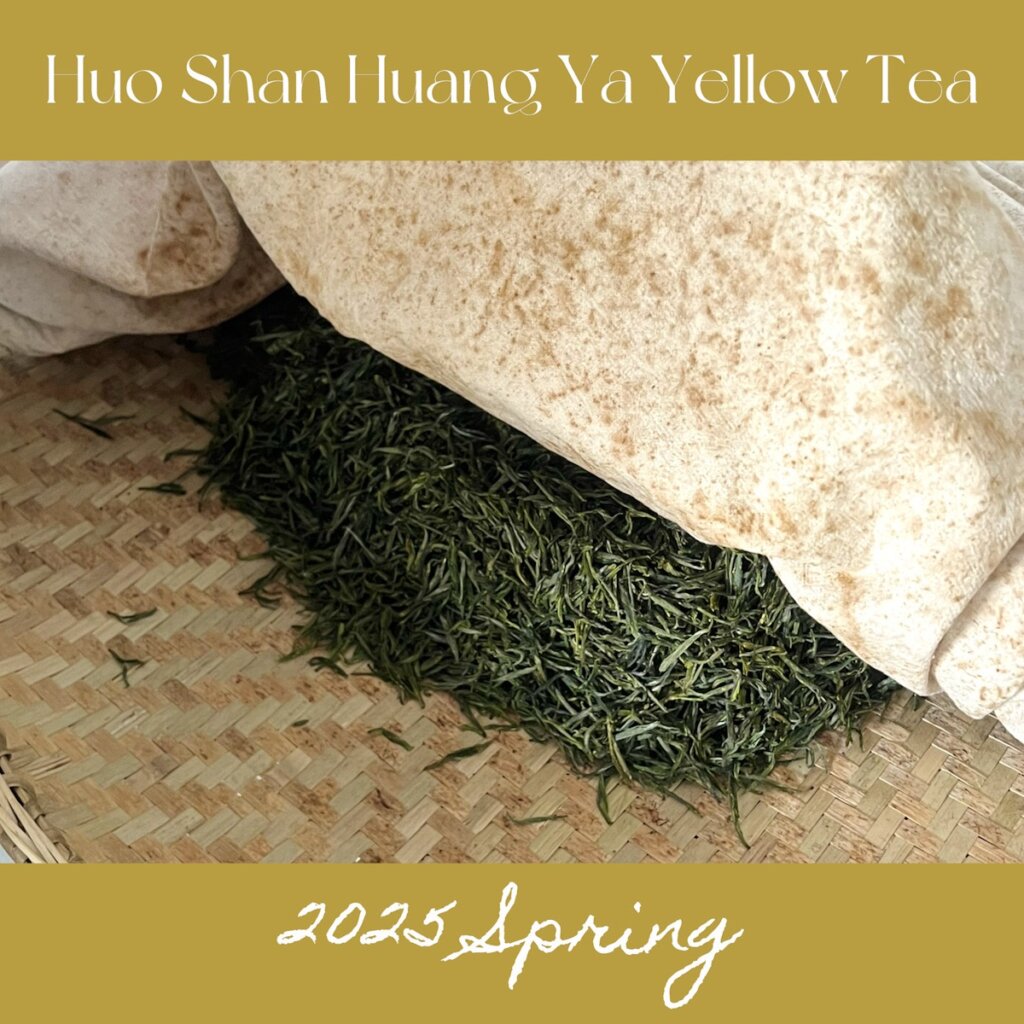
Estimated Harvest Time: Mid to End of April 2025
Weight per pack: 50g/ 125g/ 250g
Special Tasting Combo: 100g (includes 2 kinds of Huo Shan Huang Ya – Green Tea 50g + Yellow Tea 50g)
Tea Farm Location: Jin Ji Shan, Huo Shan, Anhui, China
Tasting Notes: Soft and brisk in its mouthfeel, sweet, smooth and well-rounded, umami, floral and chestnut notes
Tea Liquor Colour: Bright and light yellow-green
Dry Leave Appearance: one buds and one leaves, straight, yellow-brown in colour, apparent with pekoe
Wet Leaves: Yellowish green
2025 limited batch from Ji Ji Shan
Huo Shan Huang Ya, one of the most famous yellow tea from Huo Shan, it is also one of the 10 most famous Chinese Tea. The Tea is named as “Huang Ya”, which means “Yellow Buds”, is a kind of yellow buds tea, which is made from the young and tender buds of the tea plant and is considered the highest grade of yellow tea. but it is usually made of one bud one leaf rather than Tea Buds only.
This year, we have reserved a limited batch of traditional handmade Huo Shan Huang Ya Yellow Tea from a local tea farm we have cooperated for over 4 years. Their tea farms are located in the renowned yellow tea producing mountain – Jin Ji Shan of the Huo Shan region, located in Anhui Province, China.
Appearance of Huo Shan Huang Ya
Huo Shan Huang Ya is usually made of buds or one buds and one leaves. It looks small, its needle-like shaped tea buds are covered in a delicate layer of fine pekoe, with slightly opened buds, like a sparrow’s tongue. The color of the dry leaves is in brownish-green , which is slightly darker than the green tea.
Taste of Huo Shan Huang Ya
Huo Shan Huang Ya is known for its elegant and subtle sweetness, accompanied by a smooth and mellow character. The tea imparts a harmonious blend of floral notes, with hints of orchid and subtle chestnut hint.
Is Huo Shan Huang Ya a kind of green tea or yellow tea?
According to the traditional processing method, Huo Shan Huang Ya is definitely a kind of yellow tea. However, most of the Huo Shan Huang Ya found in the market is being made into Green Tea rather than Yellow Tea nowadays. As the market demand of green tea is much higher than Yellow Tea, and it is way more difficult and time consuming to make Huo Shan Huang Ya Yellow Tea, it is very difficult to find the authentic Huo Shan Huang Ya Yellow Tea in the market nowadays. So, if you are looking for Huo Shan Huang Ya Yellow Tea, be careful to ask about its processing method and make sure it is processed with the unique processing method of yellow tea – Smothering/ Meng Huang.
Huo Shan, is a famous yellow tea producing area since Tang Dynasty, and Jin Ji Shan is one of the most famous tea mountains of Huo Shan, which is known for producing high-quality yellow tea. It is located in Da Hua Ping town of Huoshan, located next to the White Horse Tip (the main peak of Da Bie Mountain).
The renowned origin of Huo Shan Huang Ya – Jin Ji Shan / Golden Rooster Mountain
The growing environment of Jin Ji Shan is characterized by a high altitude, cool climate, and a unique type of soil, which gives the tea its distinctive flavor and aroma. We’ve sum up some facts and statistics about the mountain:
- The mountain is neither too high nor too low, which is more than 700m above sea level, which is very suitable for the growth of tea tree.
- It is also rich in light resources, it has 1881 hours of sunshine annually
- The average monthly temperature is below 25 degrees Celsius
- Annual precipitation is more than 1800 mm, with an average annual relative humidity of 78%.
- The foreast coverage rate on Jin Ji Mountain is as high as 80%, provide natural organic fertilizer for tea plantations.
All of these factors are very beneficial to the accumulation of amino acids and aromatic substances in the tea tree and the tea produced in Jin Ji Shan is known for its exceptional quality and is considered one of the finest varieties of yellow tea.
Making Process of Yellow Tea
Yellow tea is crafted through a meticulous process that sets it apart from other types of tea. While the specific making process may vary depending on the grade and style of yellow tea, there are fundamental steps that generally define the production of yellow tea:
- Harvesting: The first step in making yellow tea is harvesting the tea leaves.
- Withering: The freshly picked tea leaves are spread out in a thin layer and left to wither for a few hours. This process removes excess moisture from the leaves and prepares them for the next step.
- Fixation/ Kill-Green: The withered tea leaves are then placed in a hot wok or pan and quickly heated to stop the oxidation process. This step is known as fixation or “kill-green,” and it helps to preserve the natural flavors and aromas of the tea.
- Rolling (only applied on specific small yellow tea/ big yellow tea): The fixed tea leaves are then rolled or shaped into long, thin strips or pellets. This helps to break down the cell walls of the leaves and release the natural oils and flavors.
- Smothering/ Meng Huang: The rolled tea leaves are then wrapped in a damp cloth or paper and left to “smother” for a few hours. This step allows for a slow and controlled oxidation process, which gives yellow tea its unique flavor and aroma.


- Baking and drying: For the final step, the tea is roasted to lift the aroma and flavour. The smothered and roasted tea leaves are then dried in a warm and well-ventilated area until they are completely dry. This step helps to remove any remaining moisture from the leaves and preserve their freshness.
The role of oxidation in the making step of smothering
Oxidation, specifically facilitated by the smothering (Meng Huang) step, is a fundamental aspect of yellow tea production. It contributes significantly to the development of the unique characteristics of yellow tea, including its yellow color, distinctive flavor profile, and aromatic qualities.
Yellow tea typically undergoes a light/ moderate level of oxidation, which sets it apart from other types of tea. The oxidation level of yellow tea can vary, but it generally falls within the range of 10-20%. Compared to green tea, which undergoes minimal oxidation (0-10%), and black tea, which undergoes higher levels of oxidation (around 100%), yellow tea can be considered a “light oxidation” tea.
The oxidation level of yellow tea is closely related to the smothering step in its production process. During the smothering step, the tea leaves are wrapped in cloth or paper, which creates a semi-anaerobic (low-oxygen) environment. This controlled environment allows for a gradual oxidation process to occur within the tea leaves. Under the action of humidity and heat, chlorophyll is destructed; polyphenols compounds and other substances are transformed due to partial oxidation. This process gives the tea its characteristic yellow color, as well as enhances the natural sweetness and aroma of the tea, while also reducing bitterness and astringency. It contributes to the mellow and slightly sweet taste that sets yellow tea apart from green tea, while still maintaining a lighter oxidation level compared to black tea.
Pre-order terms and conditions:
1. Availability:
Pre-ordered items are sold on a first come, first served basis.2. Delivery:
We aim to ship pre-ordered products within 3 days of receiving the tea.
We do our best to meet the estimated delivery date (the estimated delivery date of the product within the product description on our website). This date cannot be guaranteed due to potential delays on harvest date, however we do our best to estimate this date as accurately as possible.Your order will be sent when all the goods are in stock. If there are ‘in-stock’ items on your order they will be put to one side and shipped at the same time as your pre-ordered item;
we do not do partial shipments.3. Payment:
Payment is taken and processed at the time your order is placed.
If for any reason we cannot fill your order, a full refund will be issued.4. Cancellations:
We will accept cancellations of pre-ordered items before the order has shipped, however if this becomes a regular occurrence we reserve the right to refuse further orders.**Your pre-order purchase is also subject to our General Terms and Conditions.
![[Pre-Sale 10% off] 2025 Huo Shan Huang Ya Yellow Tea](https://teaintown.store/wp-content/uploads/2025/04/5dbf36de-ac5f-4df5-aa5f-84cf89731d7b-1.jpg)
![[Pre-Sale 10% off] 2025 Huo Shan Huang Ya Yellow Tea - Image 2](https://teaintown.store/wp-content/uploads/2023/08/Yellow-Tea_10_s.jpg)
![[Pre-Sale 10% off] 2025 Huo Shan Huang Ya Yellow Tea - Image 3](https://teaintown.store/wp-content/uploads/2023/08/yellow-tea_huo-shan-huang-ya_1_s.jpg)
![[Pre-Sale 10% off] 2025 Huo Shan Huang Ya Yellow Tea - Image 4](https://teaintown.store/wp-content/uploads/2023/08/yellow-tea_huo-shan-huang-ya_3_s.jpg)
![[Pre-Sale 10% off] 2025 Huo Shan Huang Ya Yellow Tea - Image 5](https://teaintown.store/wp-content/uploads/2023/08/yellow-tea_huo-shan-huang-ya_2_s.jpg)
![[Pre-Sale 10% off] 2025 Huo Shan Huang Ya Yellow Tea - Image 6](https://teaintown.store/wp-content/uploads/2023/08/yellow-tea_huo-shan-huang-ya_4_s.jpg)
![[Pre-Sale 10% off] 2025 Huo Shan Huang Ya Yellow Tea - Image 7](https://teaintown.store/wp-content/uploads/2023/08/Yellow-Tea-Box_12_s.jpg)
![[Pre-Sale 10% off] 2025 Huo Shan Huang Ya Yellow Tea - Image 8](https://teaintown.store/wp-content/uploads/2023/08/Yellow-Tea_31_s.jpg)
![[Pre-Sale 10% off] 2025 Huo Shan Huang Ya Yellow Tea - Image 9](https://teaintown.store/wp-content/uploads/2023/08/Yellow-Tea_23_s.jpg)
![[Pre-Sale 10% off] 2025 Huo Shan Huang Ya Yellow Tea - Image 10](https://teaintown.store/wp-content/uploads/2023/08/Yellow-Tea_28_s-e1692870455800.jpg)
 If you purchase this product you will earn
If you purchase this product you will earn 
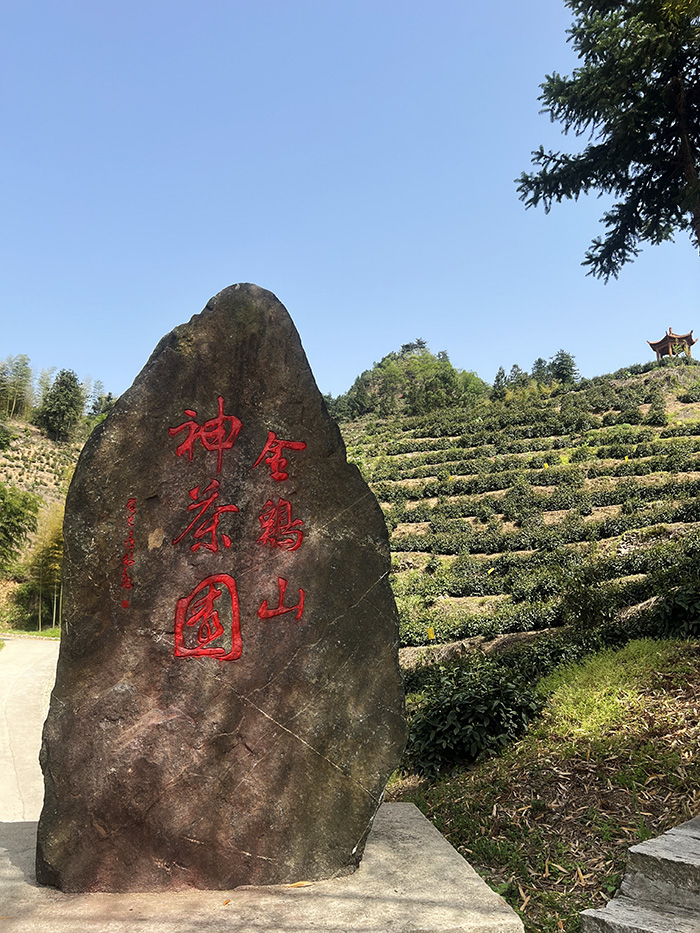
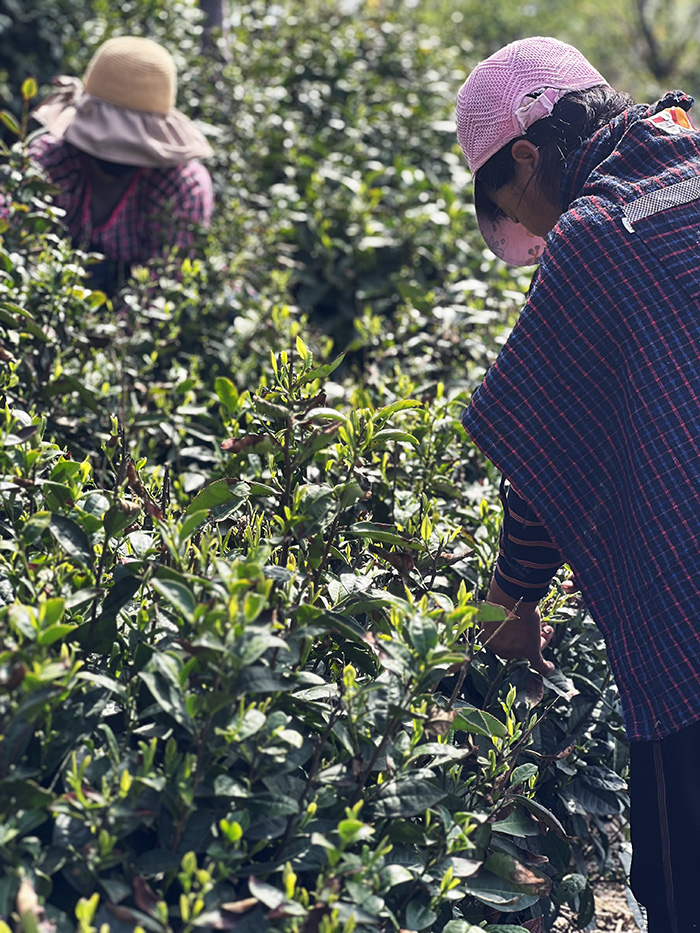

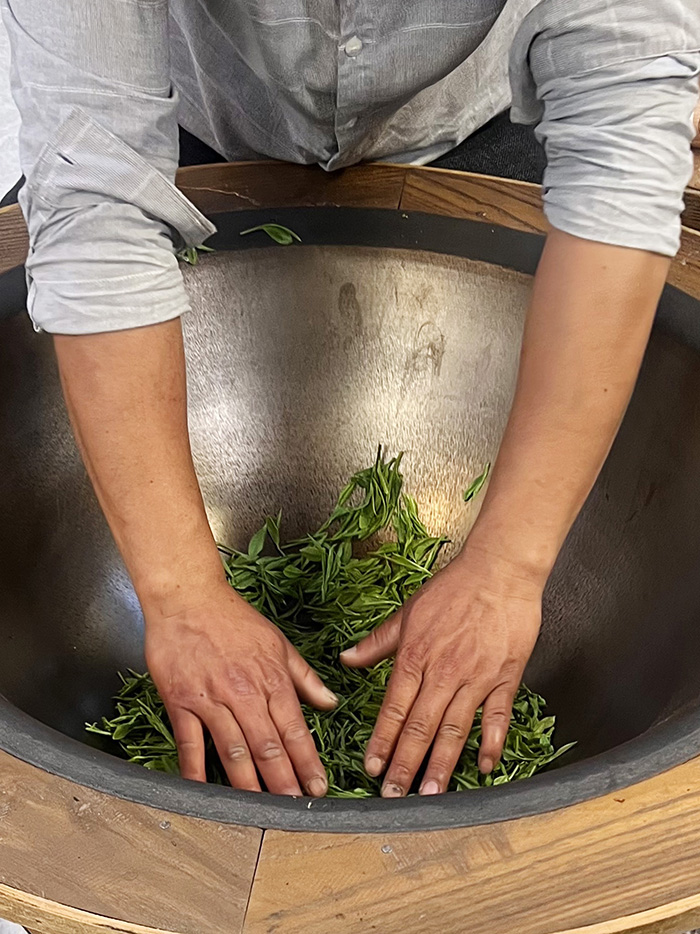




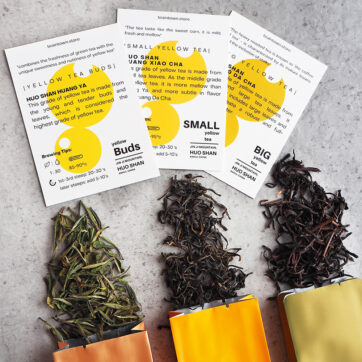
![[Available Now - 10% off] 2025 Huo Shan Huang Ya Green Tea](https://teaintown.store/wp-content/uploads/2025/03/img_8873-1.jpg)

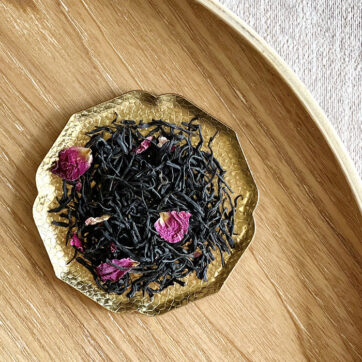
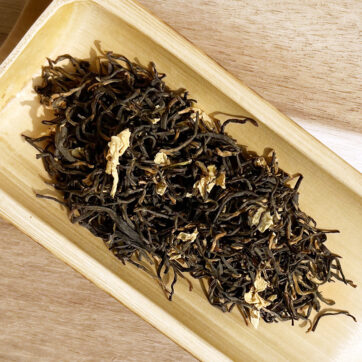
![[Available Now - 10% off] 2025 Premium Silver Needle Fuding White Tea](https://teaintown.store/wp-content/uploads/2025/04/78fbfdd8-18e4-4479-bd6d-4339be00ab15-1-362x362.jpg)